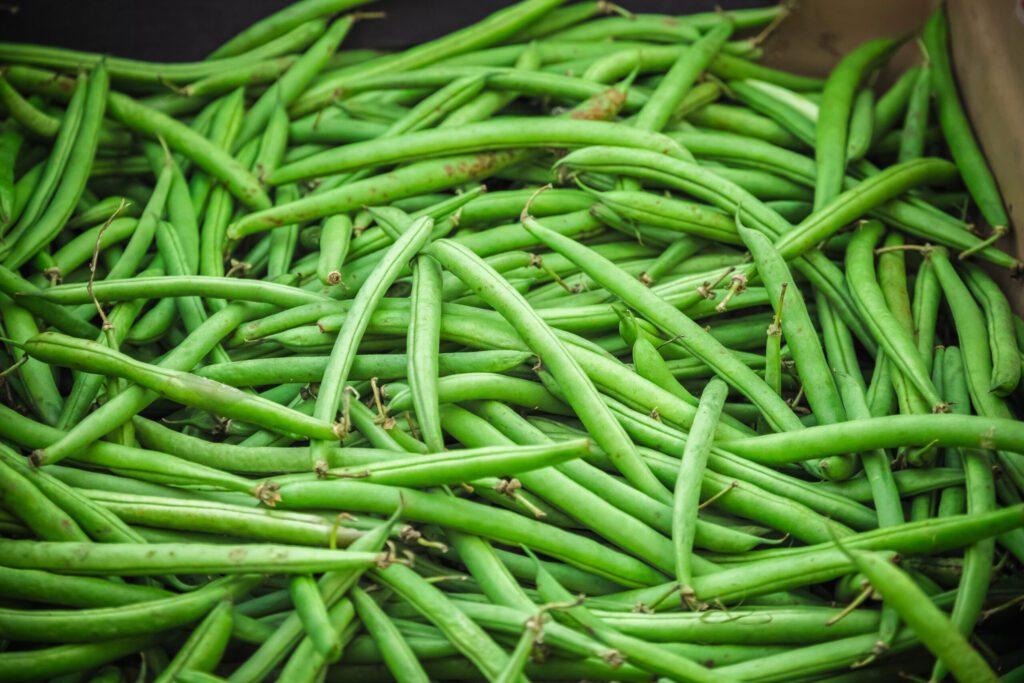Legumes, Especially Snap Beans, Big Business in Florida
by TERESA SCHIFFER
Sponsored by Farm Credit of Central Florida
When you think of Florida agriculture, legumes probably aren’t the first thing to come to mind. Renowned for our citrus, Florida farms are home to more than just those sweet, juicy oranges. Several varieties of beans and legumes can be grown successfully in Florida. In fact, Florida’s snap bean crop is big business. Our state produces 44 percent of the snap beans grown in the U.S. throughout the year, and 100 percent of the fresh market snap beans during the winter.
Other beans that are grown in Florida include pinto, lima, and kidney beans, plus southern peas (or black eyed peas), and ice cream beans. In addition to the beans that we eat, there are also several varieties of legumes grown as cover crops for forage, such as cowpea, peanut and soybean.
The fascinating thing about beans and legumes is that they are nitrogen-fixing plants. This means they have the capacity to draw nitrogen out of the atmosphere and convert it into a usable component of the soil in the form of compounds such as ammonia and nitrate. Nitrogen is the most abundant element in the air that we breathe, and it is vital for plant growth, but it doesn’t naturally convert from gas form into a solid compound without some assistance. Legumes bring that nitrogen into the soil so that it can be utilized by other plants to grow and thrive.
This nitrogen-fixing quality is what makes legumes so appealing as a cover crop. Legumes can be planted throughout a citrus grove to help improve the quality of the soil, or they can be planted in the off-season where annual crops are grown to increase the soil’s nitrogen content and also to provide forage for livestock. Cover crops also help to conserve water and prevent soil erosion. Of course, plenty of legumes are grown for commercial production as well.
Most of the most familiar beans are classified as “bush beans.” This includes snap beans, pinto, kidney, garbanzo, navy beans, and more. Bush beans are popular with backyard gardeners because they don’t require much fertilizer, they mature early, the flowers self-pollinate, and the growing plants don’t need to be supported with stakes. Snap beans and other bush beans are ready to harvest in about two months, and in Central Florida we have two growing seasons for beans throughout the year—February through May and August through October.
While the rest of the country is getting ready for the fall harvest, farmers and gardeners in Florida are gearing up for a productive growing season. After the stifling heat and frequent rain storms of summer, autumn offers a more clement time of year for raising many vegetable crops, including beans and other legumes. By mid-November, Florida farmers will be bringing in their snap bean harvests and sending them off to market.
As a group, legumes are high in protein, fiber, and carbohydrates, and low in fat and sodium. They are gluten free and contain lots of vitamins and phytonutrients. Legumes are a nutritious and economical part of a balanced diet, and now is the time to get them fresh in Florida.



